Fleas
Fleas have small wings and measure 2.5mm in length. Their bodies are shiny, reddish brown and covered with microscopic hairs. They are also compressed to make it easy to move through animal fur. Although they don’t have wings, fleas have strong back legs and can jump long distances.
Fleas can be considered ectoparasites, meaning that they live and feed outside their host. The only food they have is the blood of warm-blooded mammals like cats, dogs and rodents. The cat flea is the most prevalent flea in the United States. These tiny parasites, which are about the size of a grain of dirt, are very difficult to squash due to their hard bodies.
What Kinds of Fleas are There?
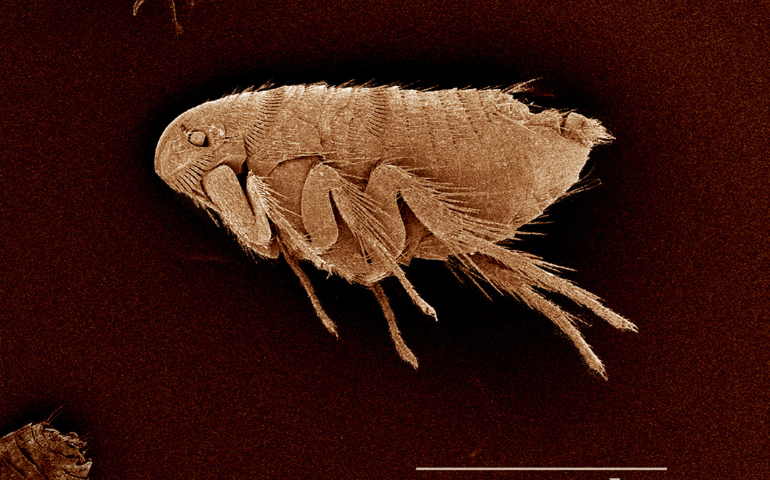
Cat fleas grow to about 1/4 inch in length. Cat fleas, which are small, dark brown or black insects, are compacted and appear compressed when viewed side-by-side.
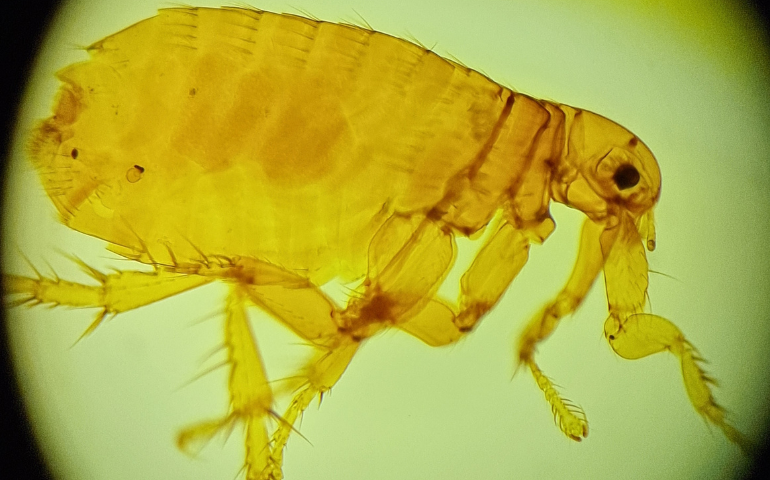
The Dog Flea is most common in European, African, and Asian and are less common in North America. They look and behave very similar to cat fleas and are often confused.
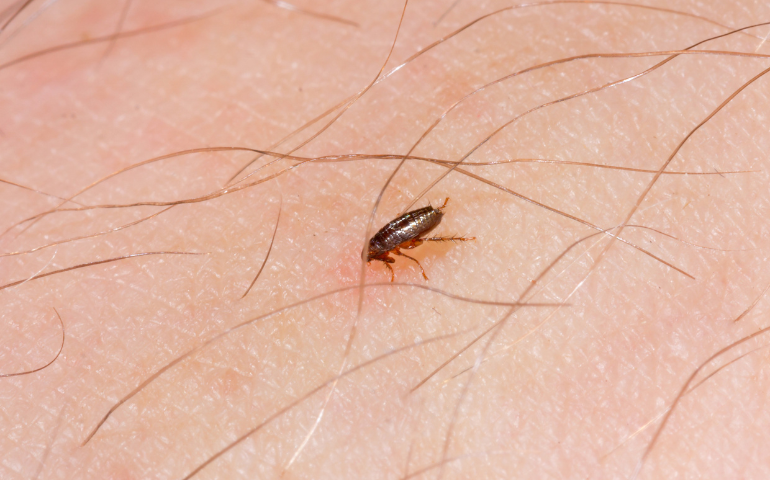
As the name suggests, human fleas primarily infect humans. However, they can also infect pigs and other animals.
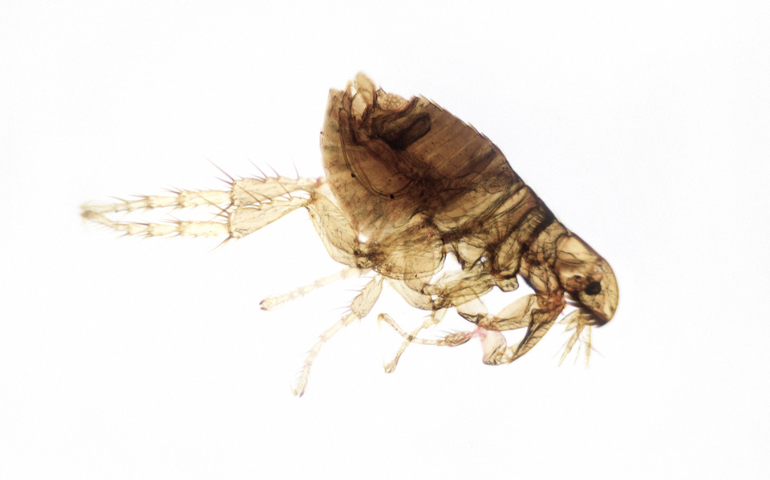
Rat fleas are known vectors of diseases like bubonic plague. They primarily infest rats but can bite humans if the rat host is not available.
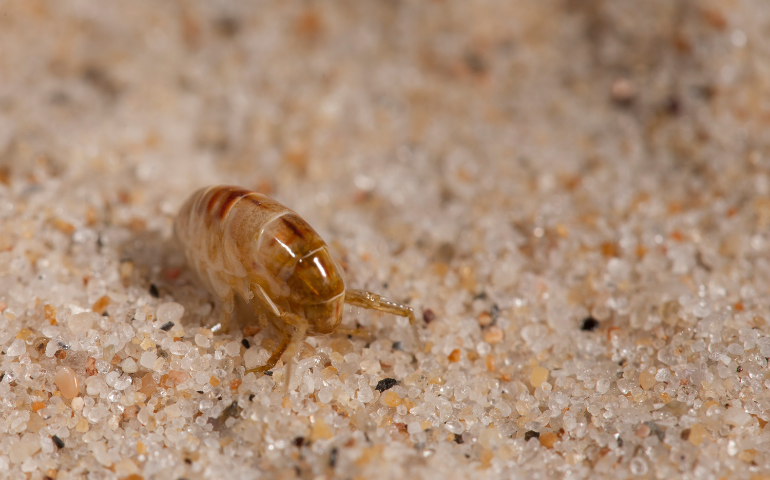
Sand fleas are found in tropical and subtropical regions and are known for burrowing into the skin of humans and animals. They are also known as chigoe fleas.
It’s important to note that while some fleas are host-specific, others can infest multiple hosts. Fleas are ectoparasites that feed on the blood of their hosts, and their bites can cause itching and discomfort. Additionally, fleas are vectors for various diseases, making their control and prevention important for both human and animal health. Regular pet grooming, household cleanliness, and the professional pest control, like Alta Pest Control, can help manage flea infestations.
How Did I Get Fleas?
Flea infestations are often caused by pets, such as cats and dogs. Fleas can attach to an animal while it is outside and infest its fur and any places where it sleeps indoors. It can be hard to prevent fleas from your home and garden. Any pet owner can be vulnerable to an infest.
Are Fleas Dangerous?
Fleas can also be intermediate hosts for parasitic tapeworms, and are capable of transmitting the disease to animals and people. Flea bites and their reactions to them are another serious concern. Flea bites usually result in a small, reddish-colored area around the flea’s mouth. Flea allergy dermatitis is a condition in which animals and humans are allergic to flea saliva. This causes intense itching, which can lead to secondary infections.
Fleas can transmit diseases to humans and are a minor concern in the United States. Flea infestations can also lead to anemia in pets and other animals, which can cause weakness and illness.
What Do Fleas Eat?
To survive, fleas need to have blood from a host. Fleas can become an interior problem when their host is not around. Fleas then turn their attention to other hosts within the home and feed on them. A trapping and removing a mouse from the home can be an example of this. Fleas that had previously fed on the mouse will then feed on pets and people.
What Are Fleas’ Favorite Foods?
Adults are parasites which draw blood from their host. Larvae feed off organic matter, especially the feces from adult fleas. These feces contain undigested blood. Fleas prefer to eat hairy animals like:
- dogs
- cats
- rabbits
- squirrels
- rats
- mice
- Domesticated animal
- Wild animals
How Do Fleas Reproduce?
The eggs are not attached to their host. These are the places eggs will hatch:
- On the ground
- Rugs
- Carpet
- Bedding
- Upholstery
- Cracks in the floor
Most fleas hatch in two days.
How To Get Rid of Fleas & Prevent Future Infestations:
Flea infestations can be a persistent and frustrating problem for homeowners, especially those with pets. These tiny pests not only cause discomfort to pets but can also bite humans, leading to itchy, red welts. Effective flea control requires a combination of professional assistance and preventive measures to eradicate existing infestations and prevent future outbreaks.
Alta Pest Control Services:
Contact us at Alta Pest Control for professional assistance. We have the expertise to assess the extent of the flea infestation, provide targeted treatments, and offer advice on preventing future issues. Our professional pest control services can be particularly beneficial in severe infestations.
Regular Pet Grooming:
Brush and comb your pets regularly to remove fleas and their eggs. Use a flea comb to catch fleas and flea dirt on your pet’s fur. Regular grooming is a crucial part of flea prevention, and combining it with our professional services enhances effectiveness.
Maintain a Clean Environment:
Vacuum your home frequently, paying attention to areas where your pets spend time. Wash pet bedding, blankets, and toys in hot water regularly. Keeping your home clean and clutter-free is essential for eliminating flea eggs, larvae, and adults.
Remember that while our professional pest control services at Alta Pest Control can provide effective solutions, ongoing preventive measures such as grooming and maintaining a clean environment are crucial for long-term flea control. Always follow our advice to ensure the safety of your pets and the effectiveness of the flea control methods implemented.
If fleas become an issue, contact your local Alta Pest Control professional to request an inspection.
